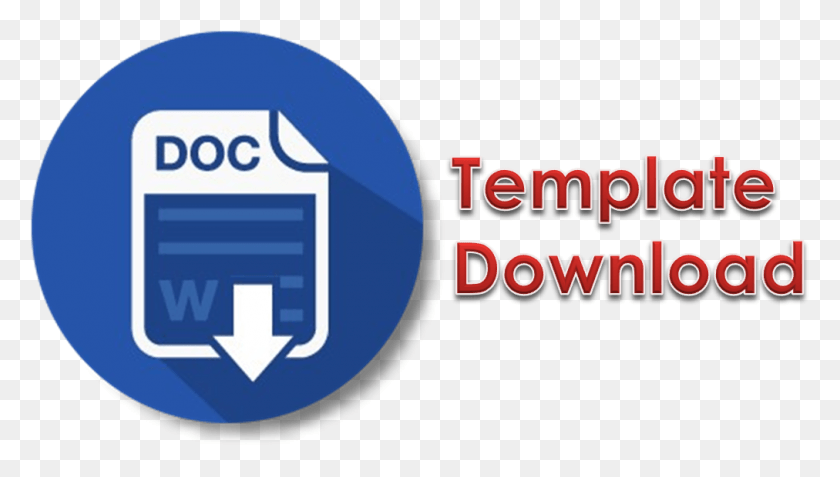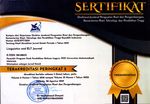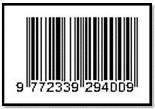Speech Function Analysis in Online Classroom
Abstract
The pandemic of Covid-19 has had an impact on education. Because of the presence of the corona virus, face-to-face teaching-learning activities have been hampered. One of them is the use of an online classroom in which teachers or lecturers engage verbally with students. The examination of speech function can reveal verbal interaction. The purpose of this research is to look at Speech Function in online Structure and Speaking programs. This study looks into: 1) speech function classification in online Structure and Speaking classes; 2) how speech function is implemented in online Structure and Speaking classes; and 3) why speech function is implemented in online Structure and Speaking classes. The data for this study was gathered through qualitative research from the discourse of lecturers and students in online Structure and Speaking classes. Content analysis and Speech Function analysis were used to examine the data. The speech function can be used to evaluate 32 utterances in the Structure online classroom. Statement has 56.3 percent, Question has 34.3 percent, Offer has 3.1 percent, and Command has 6.3 percent, according to the Structure class statistics. The data from the first question of the speech function of statement in the online speaking class is 100 percent accurate. It is because the inquiry is a form of experience-based self-opinion, and many claims require data to reinforce their answers. The second question is statement (67.8%), with command coming in second at 30.3%.
Keywords
Full Text:
PDFReferences
Rezeki, T. I. (2018). “Kontekstual Code Switching Dalam Seminar Proposal Program Studi Pendidikan Bahasa Inggris”. Jurnal Serunai Bahasa Inggris, 10(2), 1-7.
Sagala, R. W., & Rezeki, T. I. (2018). “Grammtical Code Switching in the English Department Proposal Seminar”. Budapest International Research and Critics Institute-Journal (BIRCI-Journal)(1), 11-14.
Saragih, A. 2011. “Semiotika Bahasa. Tanda, Penanda dan Petanda dalam Bahasa”. Medan: Pascasarjana Unimed Pers.
Halliday, M. A. K., & Matthiessen, C. M. I. M. 1994. “An Introduction to Functional Grammar”. London: Edward Arnold.
Arifuudin and Sofwan. 2015. “Speech Functions And Grammatical Patterns Realization In Conversation In The English Textbook”. Semarang State University Indonesia.
Wiyanto. 2020. “Using Speech Function On Efl Classroom”. Journal of English Teaching and Research.
Batubara. 2020. “The dominant speech functions in cigarette billboard texts”. Journal of English Language Teaching and Linguistics, 5(2), 177-189.
Rezeki, T. I. (2020). “Textual Function in English Morphology Online Classroom”. English Teaching and Linguistics Journal, 1(2), 44-48.
Sugiyono. 2016. “Metode Penelitian Pendidikan: Pendekatan Kuantitatif, Kualitatif, dan R&D”. Bandung: Alfabeta.
Hamidi. 2004. “Metode Penelitian Kualitatif”. Malang: UMM Press
Sugiyono. 2009. “Metode Penelitian Pendidikan: Pendekatan Kualitatif”.
Arikunto, Suharsimi. 2006. “Prosedur Penelitian Suatu Pendekatan Praktik”. Jakarta: PT Rineka Cipta
Indari, Ayu. 2011. “Realization of Speech Function in Mood in The Susilo Bambang Yudhoyono’s (SBY) Speeches”. Thesis unpublished. Medan: Postgraduate School State University of Medan.
Holmes, Janet. 1992. “An Introduction to Sociolinguistics”. London and New York: Longman.
Rezeki, T. I., & Sagala, R. W. (2019). “Pemerolehan Bahasa Anak Periode Linguistik”. Jurnal Artikula, 2(2), 1-7.
DOI: https://doi.org/10.31764/leltj.v10i2.5633
Refbacks
- There are currently no refbacks.
Copyright (c) 2021 Linguistics and English Language Teaching Journal

This work is licensed under a Creative Commons Attribution-ShareAlike 4.0 International License.
_____________________________________________________
Linguistics and ELT Journal
p-ISSN 2339-2940 | e-ISSN 2614-8633

LELTJ is licensed under a Creative Commons Attribution-ShareAlike 4.0 International License.
_____________________________________________________
LELTJ is abstracting & indexing in the following databases:
_____________________________________________________
LELTJ Editorial Office:













